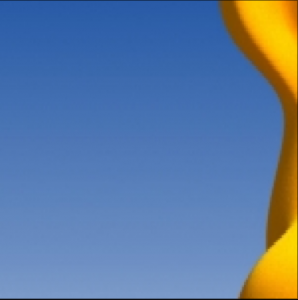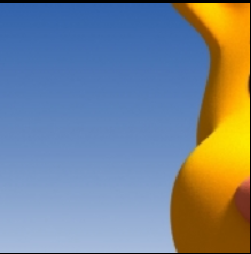Python PIL | Image.resize() method
Last Updated :
31 Mar, 2023
PIL is the Python Imaging Library which provides the python interpreter with image editing capabilities. The Image module provides a class with the same name which is used to represent a PIL image. The module also provides a number of factory functions, including functions to load images from files, and to create new images.
Image.resize() Returns a resized copy of this image.
Syntax: Image.resize(size, resample=0)
Parameters:
size – The requested size in pixels, as a 2-tuple: (width, height).
resample – An optional resampling filter. This can be one of PIL.Image.NEAREST (use nearest neighbour), PIL.Image.BILINEAR (linear interpolation), PIL.Image.BICUBIC (cubic spline interpolation), or PIL.Image.LANCZOS (a high-quality downsampling filter). If omitted, or if the image has mode “1” or “P”, it is set PIL.Image.NEAREST. Otherwise, the default filter is Resampling.BICUBIC.
Returns type: An Image object.
Source
Image Used:

Python3
from PIL import Image
im = Image.open(r"C:\Users\System-Pc\Desktop\ybear.jpg")
width, height = im.size
left = 4
top = height / 5
right = 154
bottom = 3 * height / 5
im1 = im.crop((left, top, right, bottom))
newsize = (300, 300)
im1 = im1.resize(newsize)
im1.show()
|
Output:

Another example:Here we use the different newsize value.
Python3
from PIL import Image
im = Image.open(r"C:\Users\System-Pc\Desktop\ybear.jpg")
width, height = im.size
left = 6
top = height / 4
right = 174
bottom = 3 * height / 4
im1 = im.crop((left, top, right, bottom))
newsize = (200, 200)
im1 = im1.resize(newsize)
im1.show()
|
Output:

Share your thoughts in the comments
Please Login to comment...